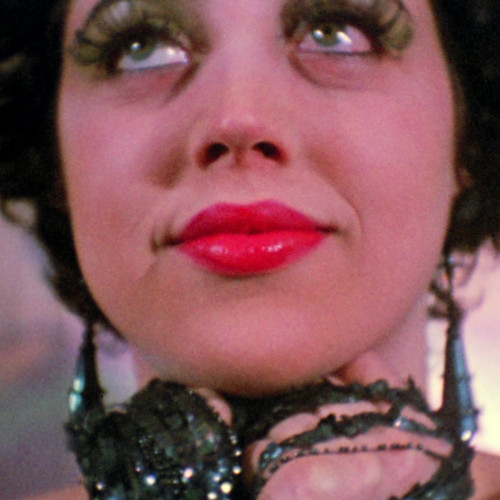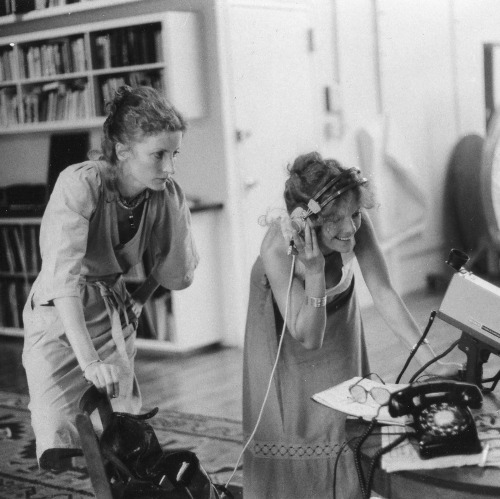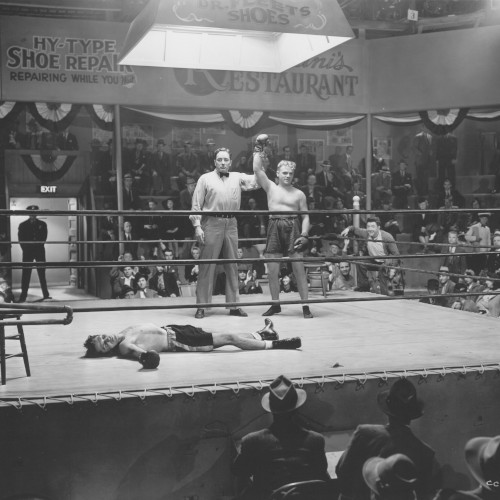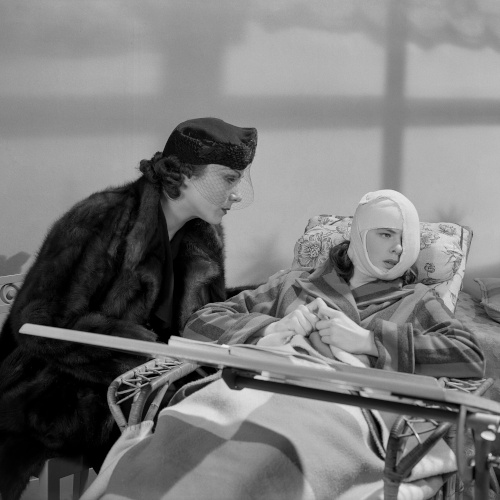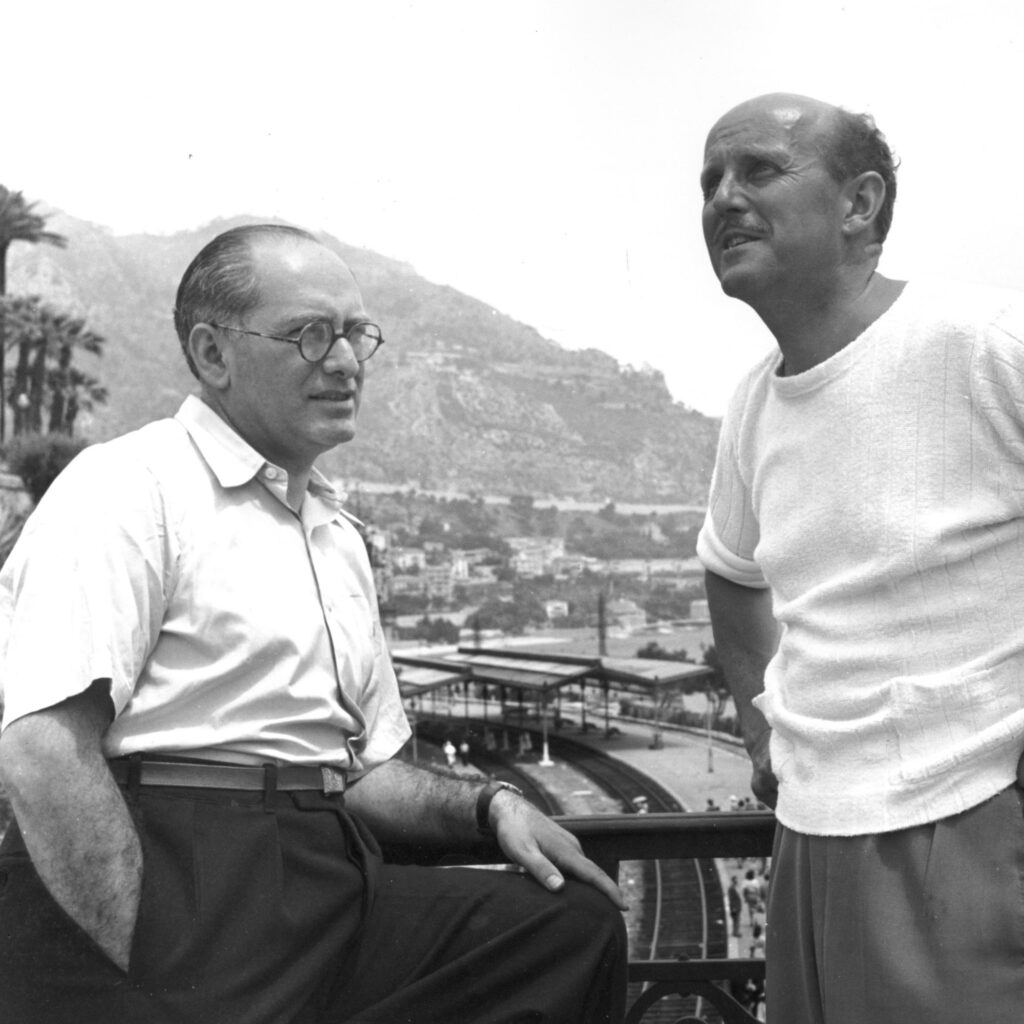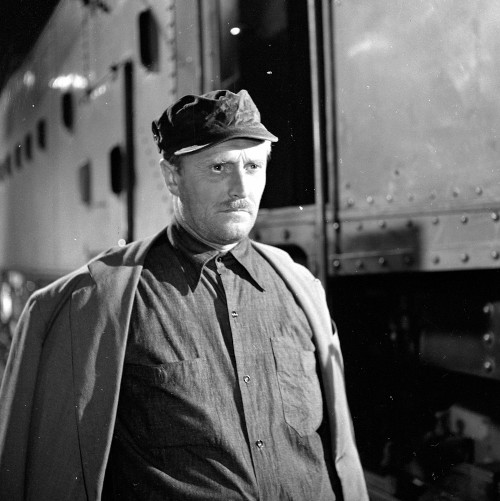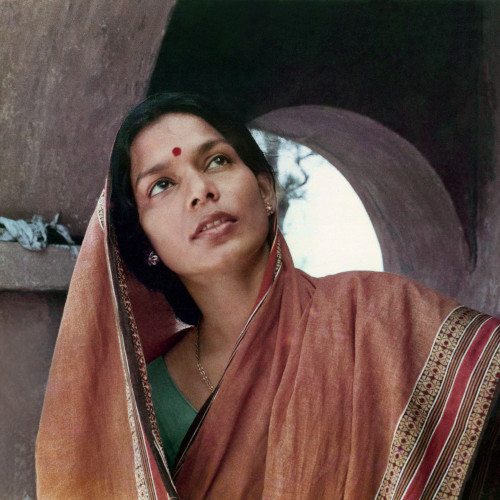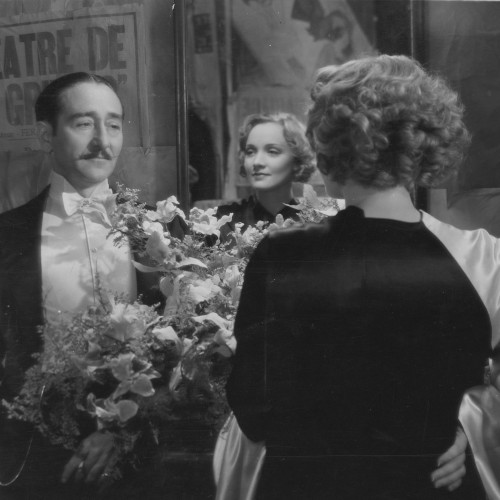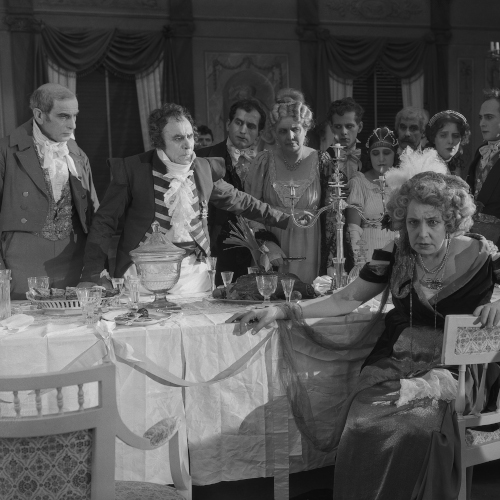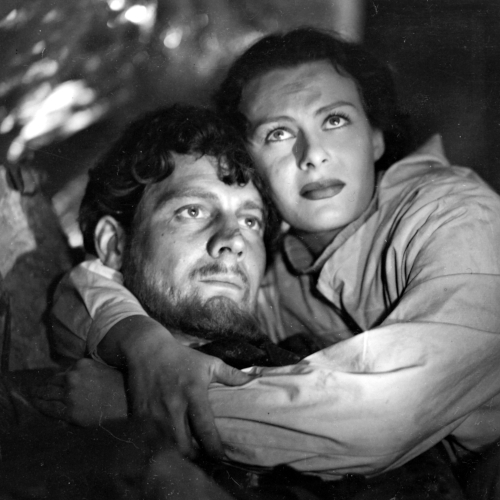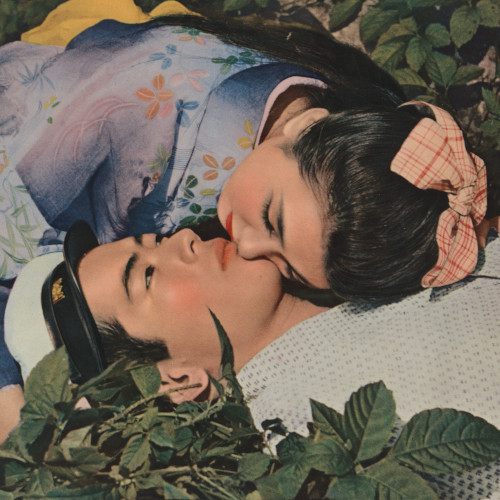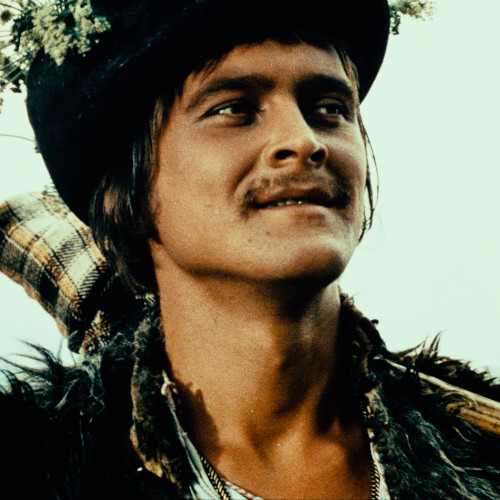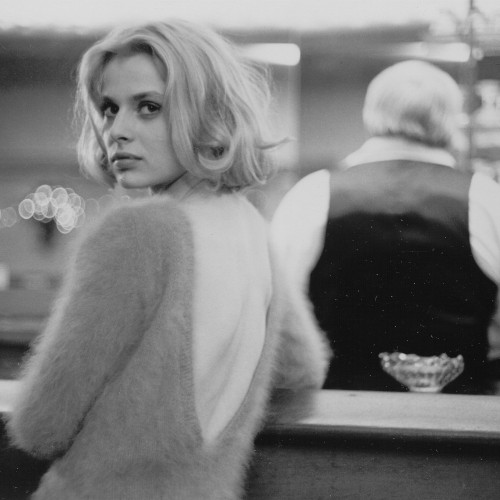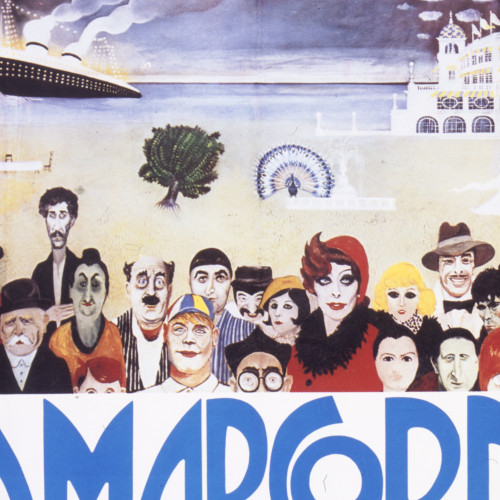This year, even more so than in previous editions, we received hundreds of proposals for new and fascinating restorations. At the end of a lengthy selection process, we drew up a festival programme in which each and every spectator will be able to attain a state of cinematic bliss. Among the most anticipated events, the return, as never before seen, of a monumental and “invisible” work par excellence, Napoléon vu par Abel Gance, of which we will screen, thanks to a decade of work by La Cinémathèque française, part one (3 hours and 47 minutes). The collaboration between Warner Bros. and Martin Scorsese’s The Film Foundation has brought about the restoration of some timeless classics of US cinema – The Searchers by John Ford and North by Northwest by Alfred Hitchcock – in 70mm, the “glorious” format that doubles both the width of the film and the pleasure of seeing it on the big screen. That said, we will be keeping our passion for vintage 35mm Technicolor alive, with some extremely rare prints that the Academy Film Archive has released to be screened exclusively at our festival. We will also be celebrating one hundred years of Sony Columbia, a production company that has traversed (and made) the history of cinema. If you have the impression there are going to be too many Starred and Striped films, let us reassure you: you will also be able to watch the definitive restored versions of works by Yasujiro Ozu, Hans Fischinger, Carlo Rim, Akira Kurosawa, Carlos Saura, Jacques Demy, Mario Bava, Antonio Pietrangeli, François Truffaut, Miklós Jancsó, Seijun Suzuki, Satyajit Ray, Peter Zadek, Ester Krumbachová, Marco Bellocchio…
For the third year running, Pratello Pop will open the doors of Cinema Europa (where the festival was born 38 years ago) to cult and “alternative” films. Within the vast selection of silent films on offer, we would like to draw your attention to the Gaumont restoration of a 12-episode serial from 1916, Judex by Louis Feuillade, and a selection of Laurel and Hardy shorts from 1927, finally restored by FPA Classics.
We have received positive RSVPs from many special guests, friends, directors, colleagues and restoration professionals. Here’s one to start with: Wim Wenders will introduce two of his most emblematic films, Paris, Texas and Buena Vista Social Club.
Curated by Gian Luca Farinelli




